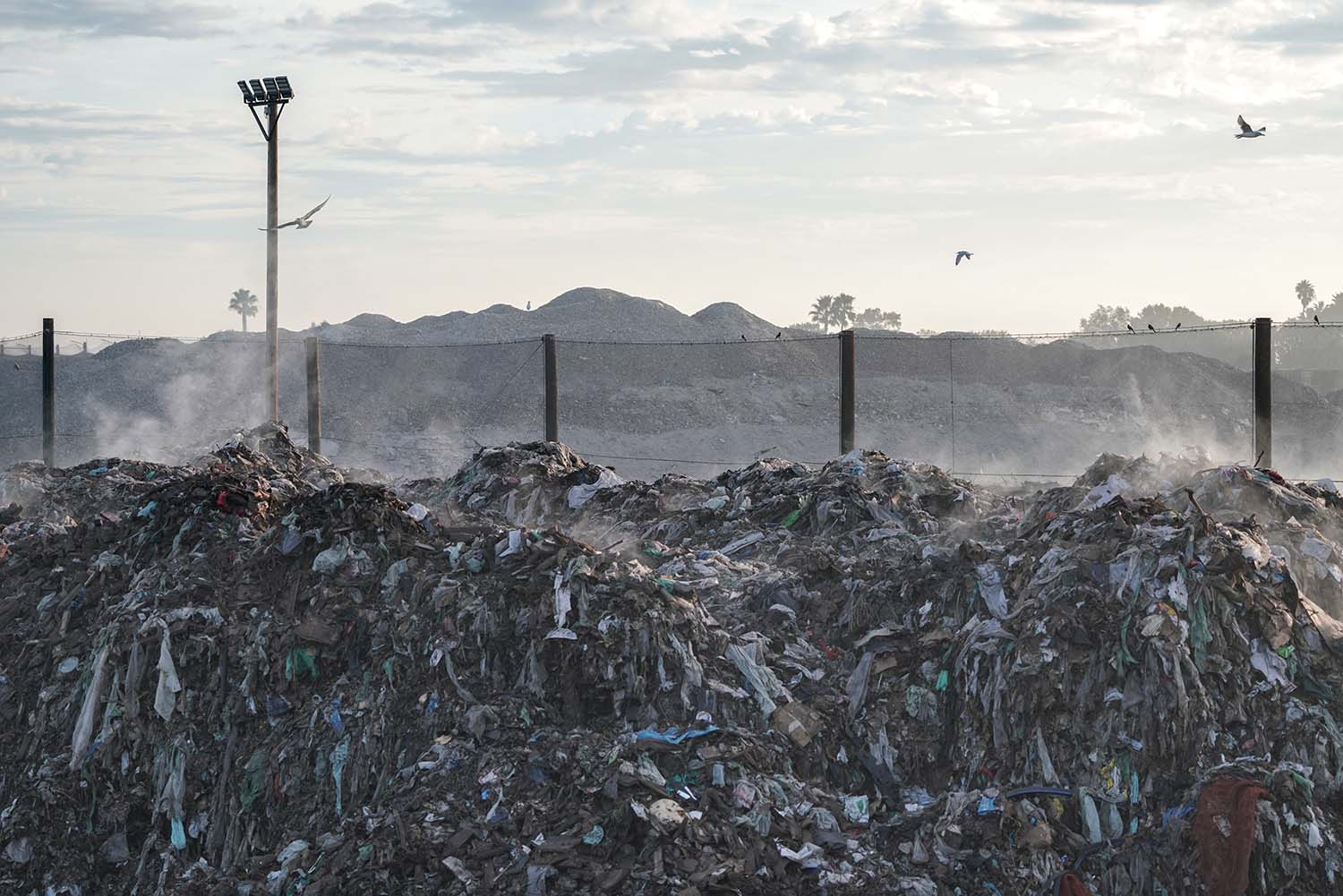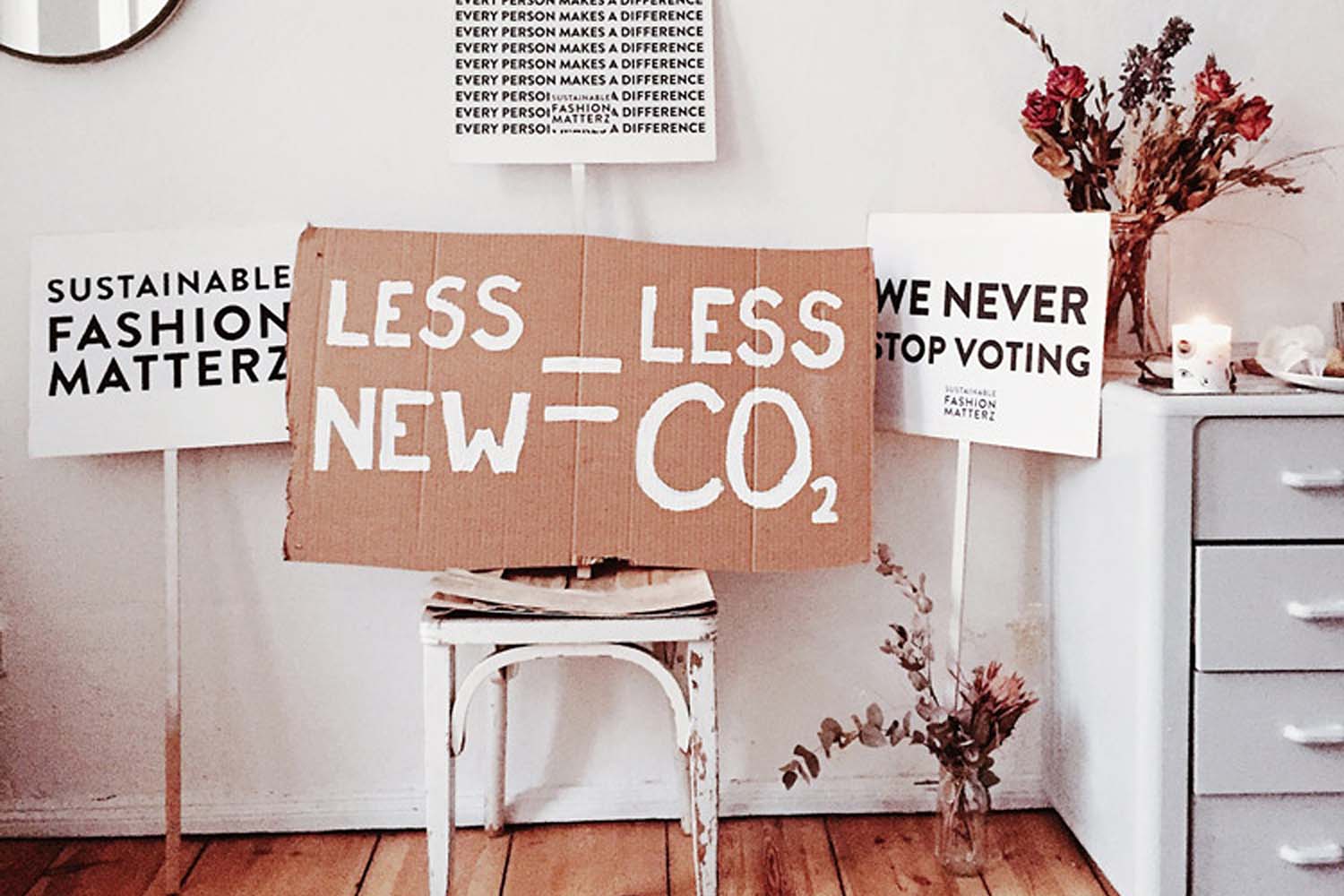What do you know about the environmental impact of fashion? Well. The textile industry is counted among major pollution-creating sectors in the world. This industry produces 10% of all greenhouse gas emissions while intensely contributing to the soil, air, and water pollution.
It is also referred to as the second greatest polluter of local freshwater while creating roughly one-fifth of all industrial water pollution. Here’s a short guide to how fashion is impacting the environment.

The use of toxic chemicals
The production of fast fashion clothes uses toxic chemicals, synthetic fabrics, and dangerous dyes, seeping into water supplies and causing water contamination.
Untreated toxic wastewaters from textile industries are usually dumped directly into the rivers. Wastewater contains poisonous substances such as lead, mercury, and arsenic which are supremely toxic and hazardous to humans and animals.
According to a study released by the Ocean Wise Conservation Association, humans shed around 20 to 800mg micro-polyester waste for every kg textile washed.
Polyester is everywhere
Polyester is one of the most popular fibres used today and is found in about 60% of garments. While it holds an important place in the fashion world, this fabric contributes to many adverse environmental impacts.
It sheds microfibres which add to the level of plastic in the oceans. These microfibres are highly minute in size but pose a massive threat to the ecosystem. Synthetic fibres are made of a chemical reaction of petroleum, air, coal, and water, two of which are fossil fuels. When the coal is burned, it creates a heavy amount of air pollution containing carbon dioxide.
Moreover, polyester is non-biodegradable, which means it can never be converted to any natural nutrient cycle. Considering the negative impacts, some big fashion giants turn to hemp and organic cotton. Inditex, the owner of Zara, is currently using around 91% of sustainable cotton and is pledged to use 100% more sustainable cotton by 2023.

Photo, Katie Rodriguez.
Landfills and fashion waste
Clothing has become disposable, due to which it generates more and more textile waste. A study claims that only 15% of clothing is recycled, and the rest goes to the landfill or is incinerated.
The research also suggests that the equivalent of 1 garbage truck of textiles is wasted every second, and 5.2% of the waste in the landfills is textiles. Do you know polyester can take up to 200 years to decompose? While the fabric is sitting in landfills, it keeps on releasing microplastics in the soil to pollute the area nearby.
Some unsold clothes are compressed into 1000-pound bales, and they become solid waste with the potential to clog different spaces.
Therefore, several brands, including H7M, Tommy Hilfiger, Gap, and more, have adopted Jeans Redesign Project. They only label jeans that adhere to specific sustainability standards across recyclability, material health, and durability.
Carbon footprints
The fashion industry contributes heavily to greenhouse gas emissions. According to the UN Framework Convention on Climate Change, emissions from textile manufacturing are projected to increase by 60% by 2030.
Since the clothes are made from non-biodegradable materials, it produces carbon footprints into the atmosphere when burnt. With factories mass-producing so many items, they give out fumes like no other.
Taking these factors into account a lot of fashion brands have pledged to control emissions while many others such as Patagonia, The Pearl Source, Gucci etc are taking part in many sustainability initiatives.








